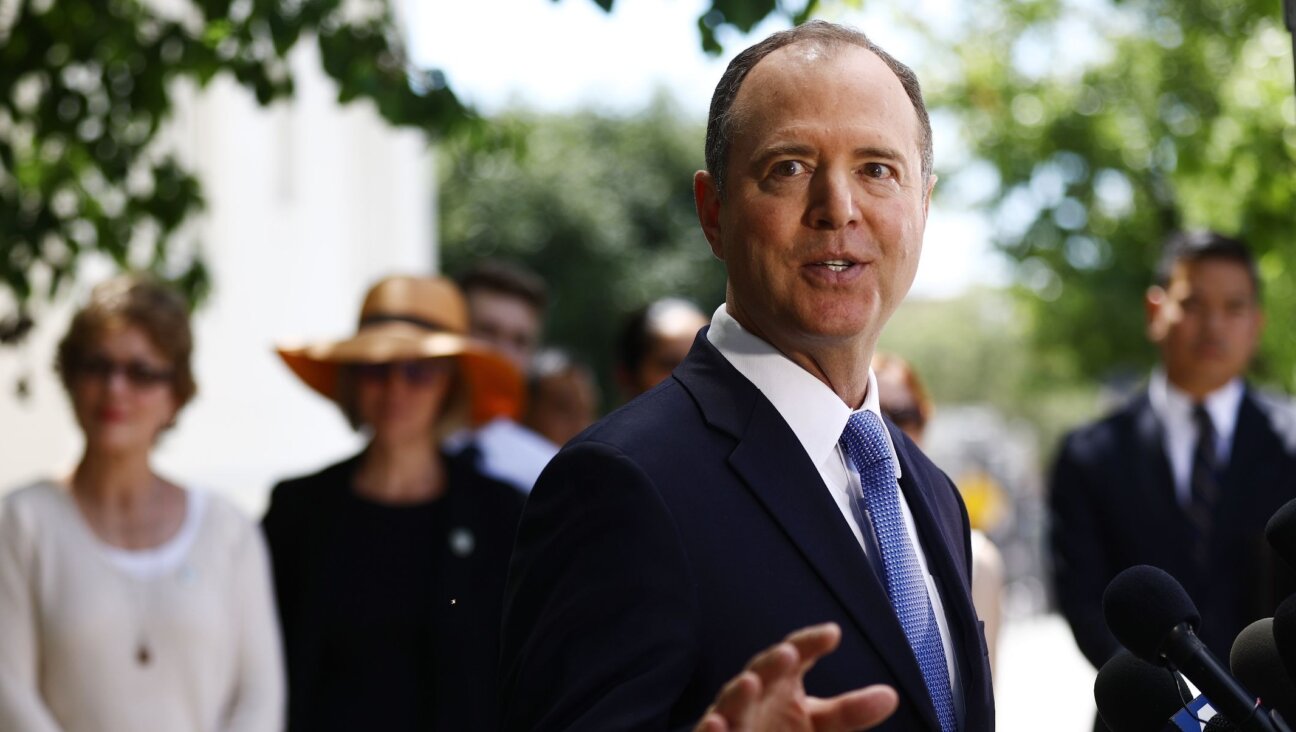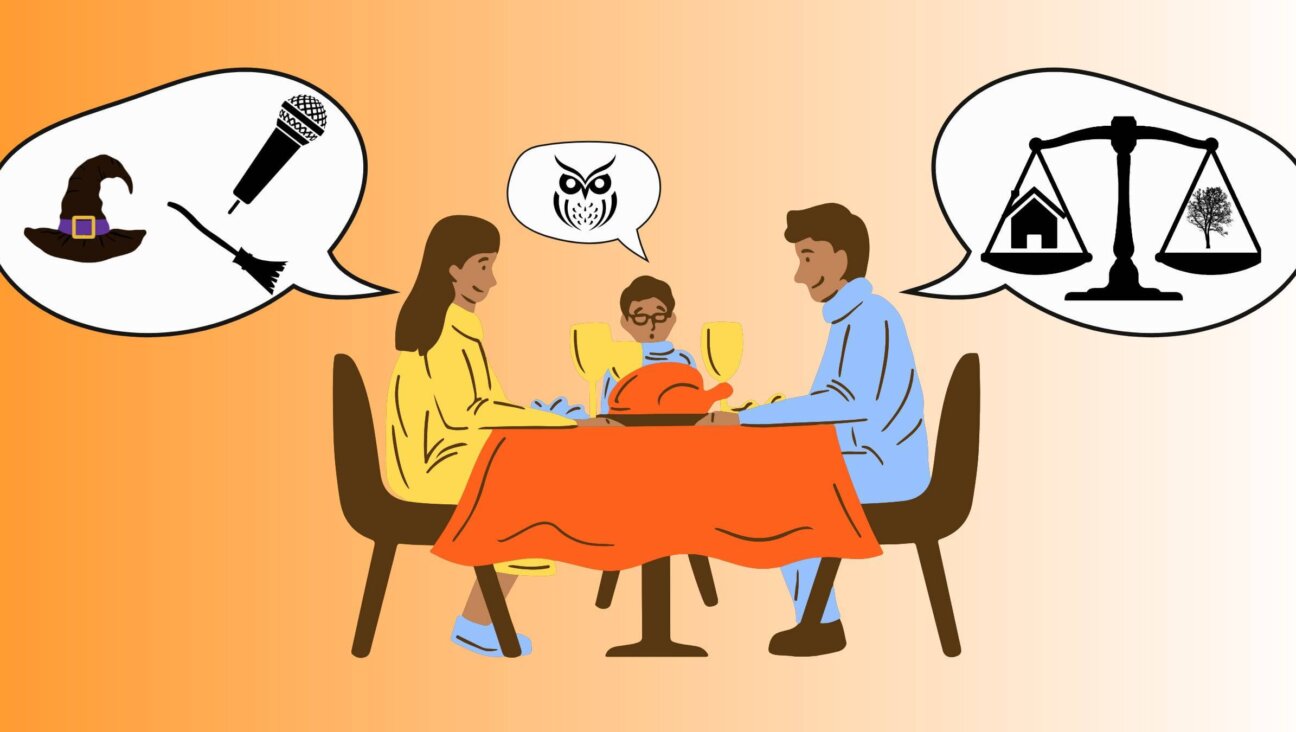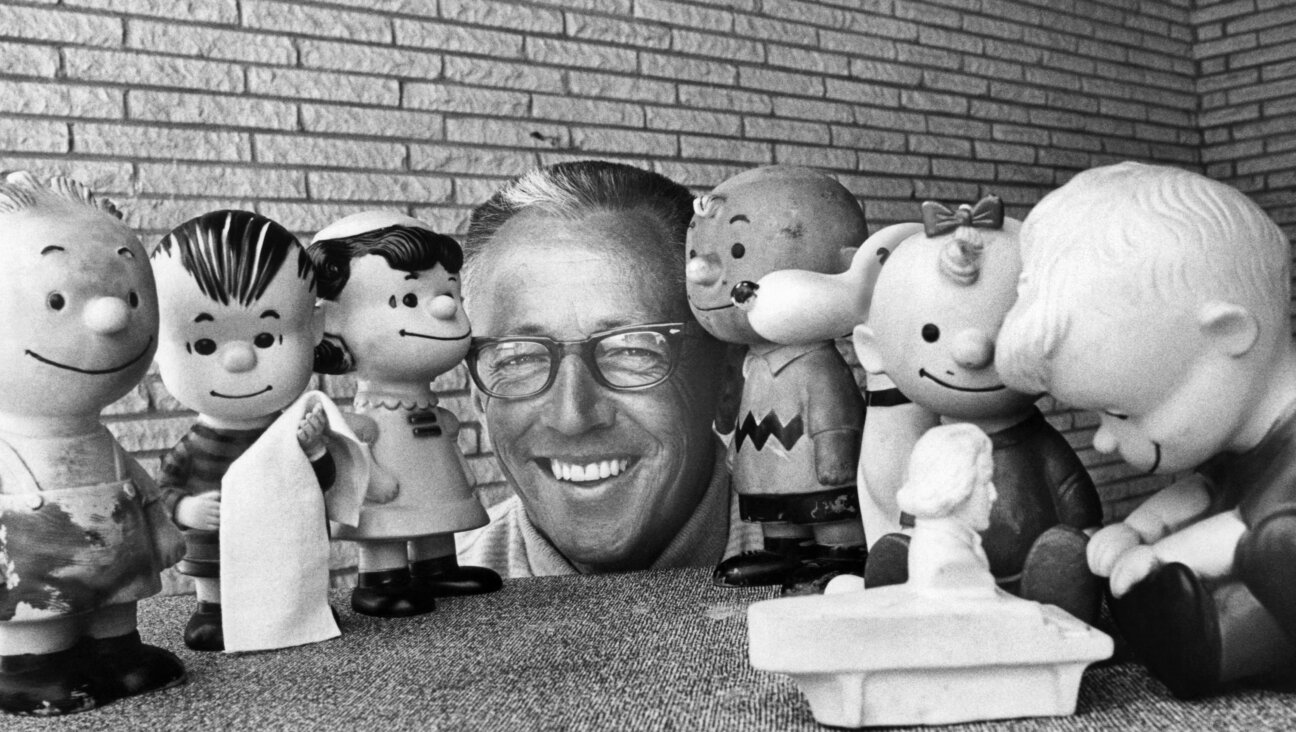Third Trial In ’91 Riot Shows Race Still Divides
An air of frustration filled Courtroom 6 during jury selection in the Brooklyn federal courthouse last week when Juror 46 insisted that despite her own biases she could be fair in the racially charged trial of Lemrick Nelson Jr. When Judge Frederic Block admitted her to a pool of jury finalists, frustration boiled over into anger.
Juror 46 had stated earlier that compared to blacks, Orthodox Jews “get away with more” from the police. An African American, she frankly acknowledged that her own “prejudice” could influence her judgment. But Block, impressed with the juror’s “candor,” refused to dismiss her from the 35 finalists. Assistant federal prosecutor Lauren Resnick heatedly objected to the judge’s decision. As Resnick saw it, the woman was clearly biased against Orthodox Jews and police. To many observers, such biases clearly lie at the heart of the issues in this trial.
But in the seemingly endless attempt to achieve closure in one of the most painful episodes in the history of Jews in Brooklyn, and indeed in the United States — the August 1991 Crown Heights riots — nothing is clear.
The juror was one of hundreds being vetted ahead of the trial of the 28-year-old Nelson, set to begin next week. This will be Nelson’s third time on trial for his alleged role in the killing of chasidic scholar Yankel Rosenbaum, who was fatally stabbed during the anti-Jewish riots.
The flare-up over Juror 46, though resolved the following day — she was dismissed as part of an exchange deal between the prosecution and defense — reflects the broader complications that have plagued this case for 12 years and helped to bury two prior verdicts. While both black and Jewish community leaders say the case is simply about justice, neither side can seem to get past issues of race, politics and minority rights. And the courtroom has been far from immune to this ethnically divisive atmosphere.
The case dates back to August 19, 1991, when a 7-year-old black boy, Gavin Cato, was struck and killed in Crown Heights by a car in a motorcade escorting the grand Lubavitch rabbi, Menachem Mendel Schneerson. Rioting erupted, and later that night, a mob of black youths shouting “Get the Jew” fatally stabbed Rosenbaum, 29, a visiting doctoral candidate in history from the University of Melbourne pursuing research at the YIVO Institute in Manhattan. The rioting continued for four days, as gangs of black youths threw rocks and bottles, shouted antisemitic slogans and clashed with chasidim.
Nelson was originally tried for murder in a state court, resulting in an acquittal in October 1992. The acquittal prompted outrage among politicians and Jewish community leaders, who claimed the mostly black and Latino jury had been biased. Nelson, according to police, had been found near the scene of the stabbing with a bloody knife in his pocket and was identified in a face-to-face confrontation with the dying Rosenbaum. But jurors maintained that the police testimony lacked credibility. Further fueling the outrage, jurors in the case reportedly joined Nelson and his family for a festive dinner after the verdict.
After months of pressure, Attorney General Janet Reno agreed to file federal charges against Nelson for violating Rosenbaum’s civil rights. Nelson was convicted on the federal charges in 1997 and sentenced to 19 years in prison. Another man, Charles Price, was convicted of inciting violence. But in January 2002 an appeals court overturned the convictions, saying the federal judge had attempted to ethnically balance the jury in ways that were unconstitutional. Price later pled guilty.
The federal case raised vexing issues of its own from the start. The use of the civil rights statute to convict blacks in an apparent racial murder was unprecedented. Some black activists objected to the use of the civil rights statute, arguing that Jews are not a “race” entitled to the statute’s protections. And indeed, the civil rights statute, initially drawn up because Southern juries could not be relied upon to convict whites in racial murders of blacks, did seem effectively turned on its head to protect a chasidic minority from a black majority in Crown Heights.
At the same time, chasidic community activists criticized the appeals court’s dismissal of the guilty verdict as the result of insignificant “technicalities.”
In the end, there was one thing on which all agreed: The justice system failed to offer satisfaction — not even a minimum measure of resolution or closure — either to the Jewish community or to the Rosenbaum and Nelson families.
“Partially, the problem with the Crown Heights trial just reflects the enduringly vexatious way race complicates much of the criminal justice system,” said sociologist Jonathan Rieder of Barnard College.
Rieder compared Crown Heights to the O.J. Simpson trial as “one of those rare moments in which a legal case becomes a narrative of a much broader racial feeling and wound… in which each side sees it as a verdict of whose lives matter, black lives or Jewish lives. It just feeds the unwholesome dynamic of competitive victimization.”
But some twists in the case are not race driven. Most striking is the latest move by Nelson’s attorneys to prove Rosenbaum died of botched emergency care in the hospital. Due to a 2000 Supreme Court decision, jurors must now determine that the knife wounds directly caused Rosenbaum’s death in order to increase the maximum penalty from 10 years to life in prison. The prosecutors this week tried to bar Nelson’s lawyers from questioning medical examiners in the case about the alleged malpractice, saying it is “irrelevant” to the trial. The judge said Monday he would defer a final decision on whether negligence arguments would be heard by the jury until Friday when lawyers from both sides submit language to the court of instructions to be given to jurors on this latest issue.
“What we’re really relying upon is testimony from the first trial which indicates there were some untreated wounds on Mr. Rosenbaum that should’ve been treated and weren’t,” Nelson’s attorney, Richard Jasper, told the Forward.
As for Juror 46, after some “rethinking” Judge Block offered the lawyers a deal that would dismiss Juror 46 along with a juror Nelson’s lawyers found problematic, Juror 50, a white female with several members of her family in law enforcement who said she would “try to be fair” but was not sure she could. The lawyers took the deal. Despite the history of this case, Resnick said, “I think you could get a fair jury.”
A message from our CEO & publisher Rachel Fishman Feddersen

I hope you appreciated this article. Before you go, I’d like to ask you to please support the Forward’s award-winning, nonprofit journalism during this critical time.
We’ve set a goal to raise $260,000 by December 31. That’s an ambitious goal, but one that will give us the resources we need to invest in the high quality news, opinion, analysis and cultural coverage that isn’t available anywhere else.
If you feel inspired to make an impact, now is the time to give something back. Join us as a member at your most generous level.
— Rachel Fishman Feddersen, Publisher and CEO






















